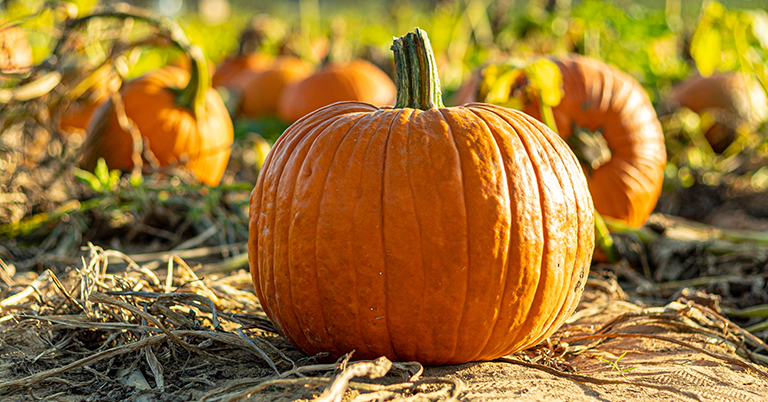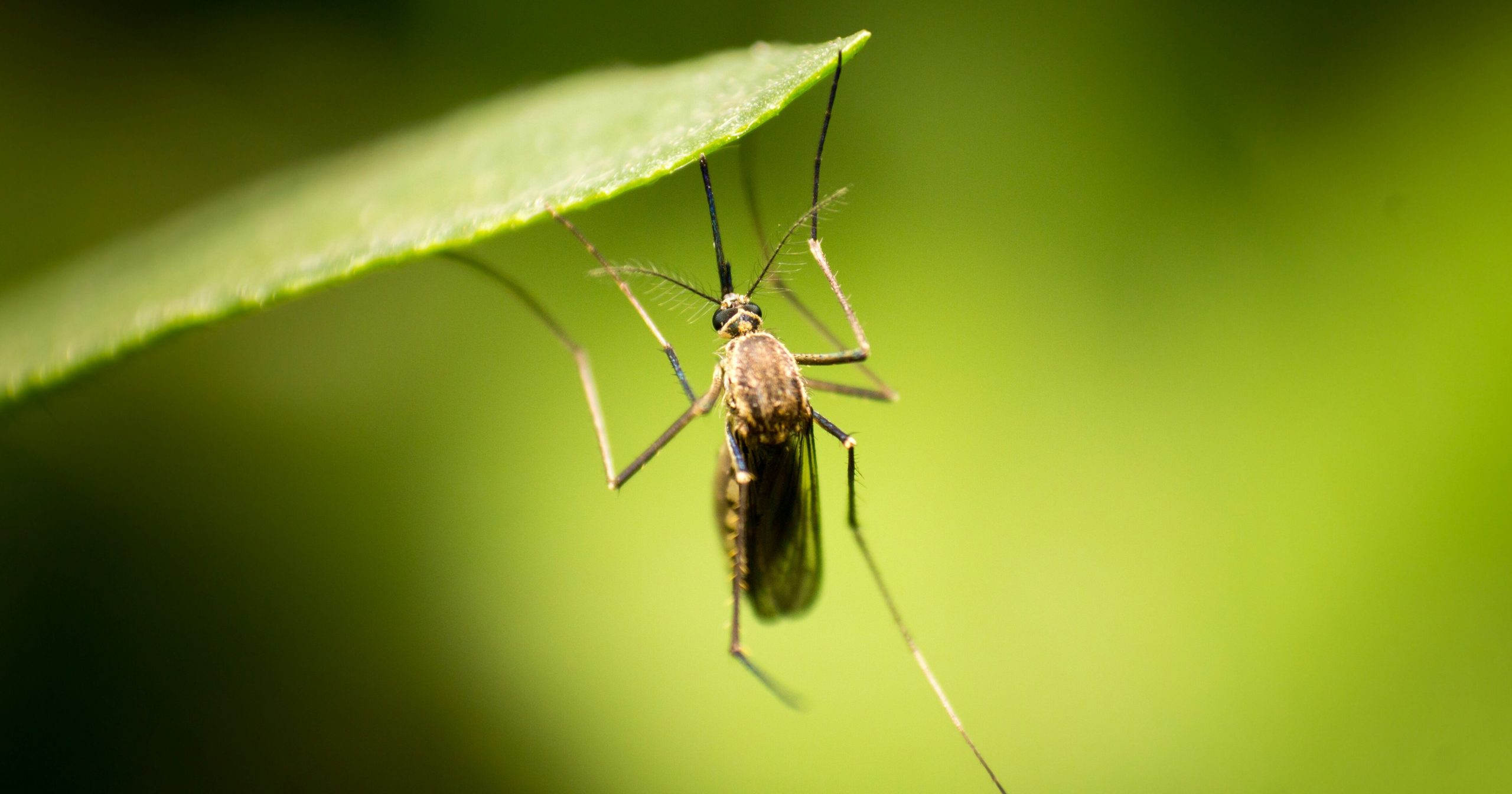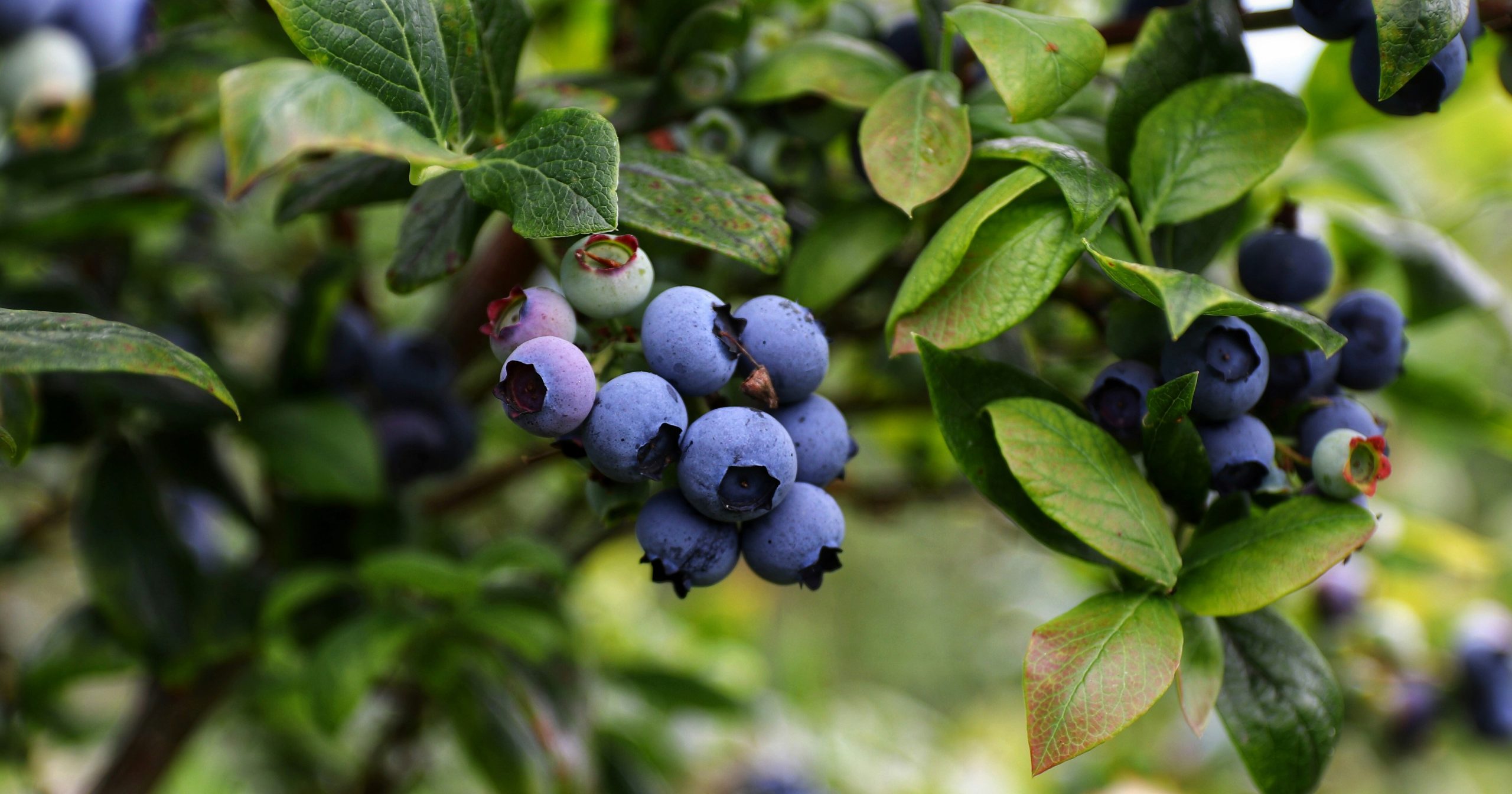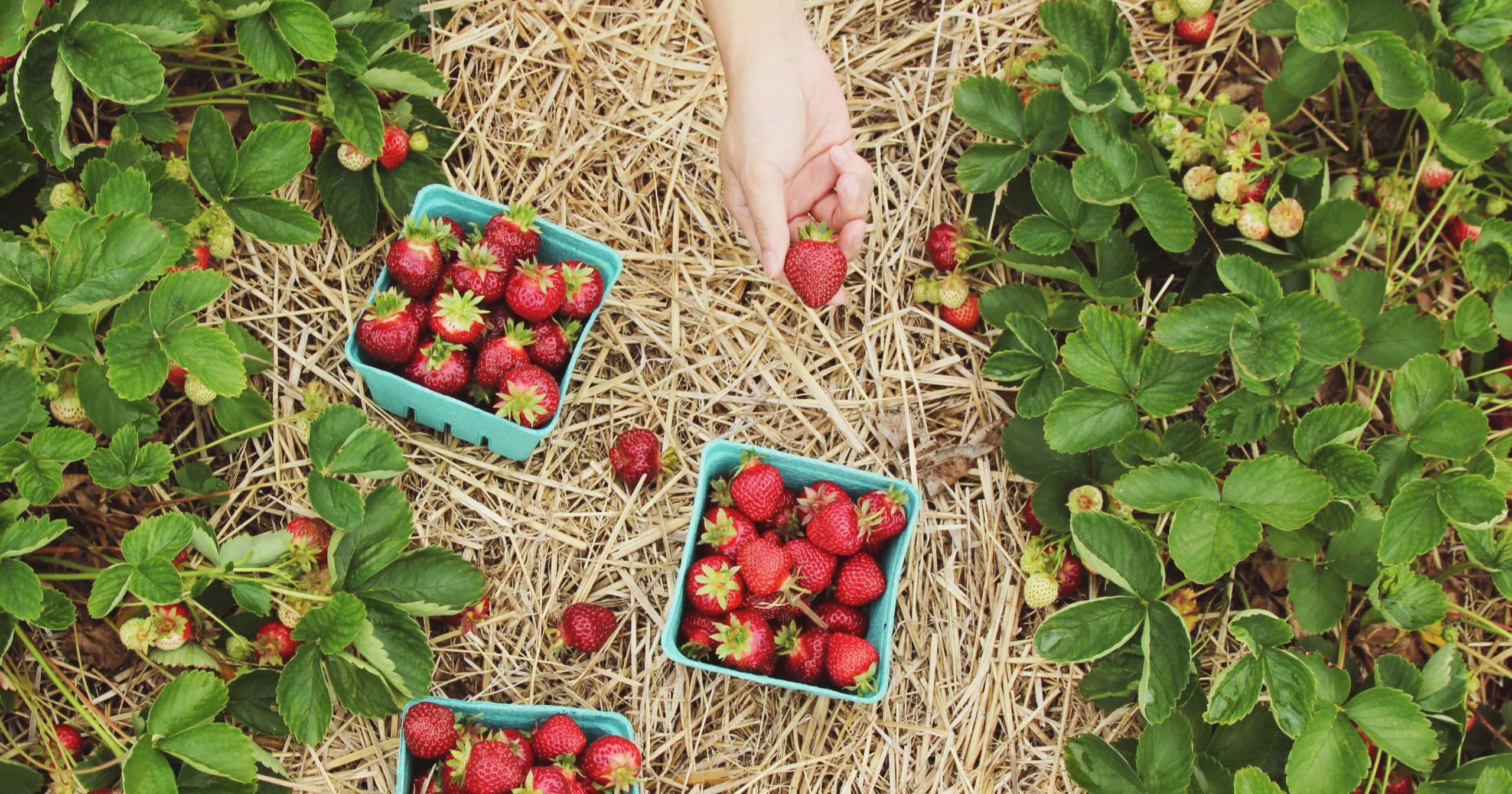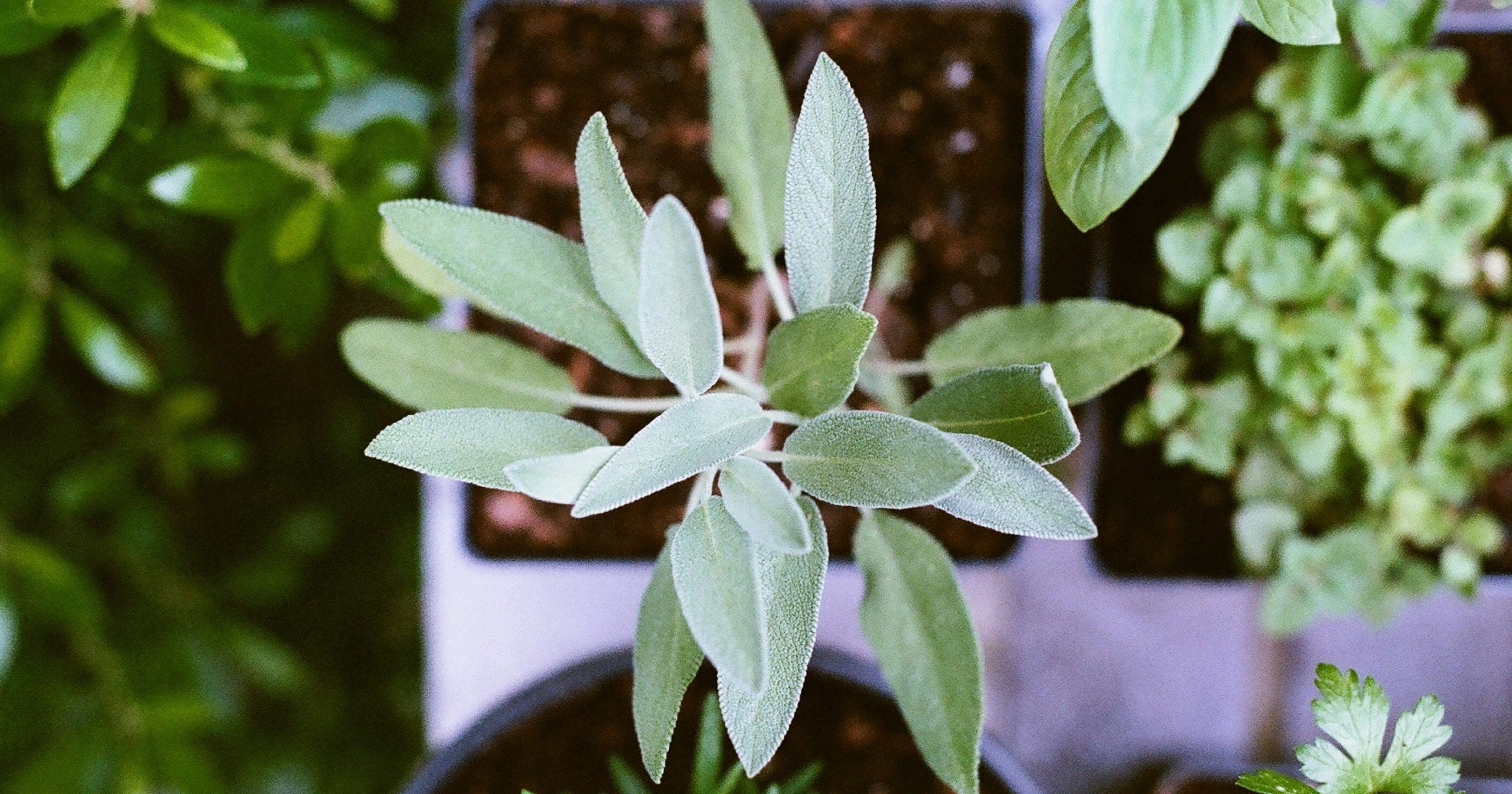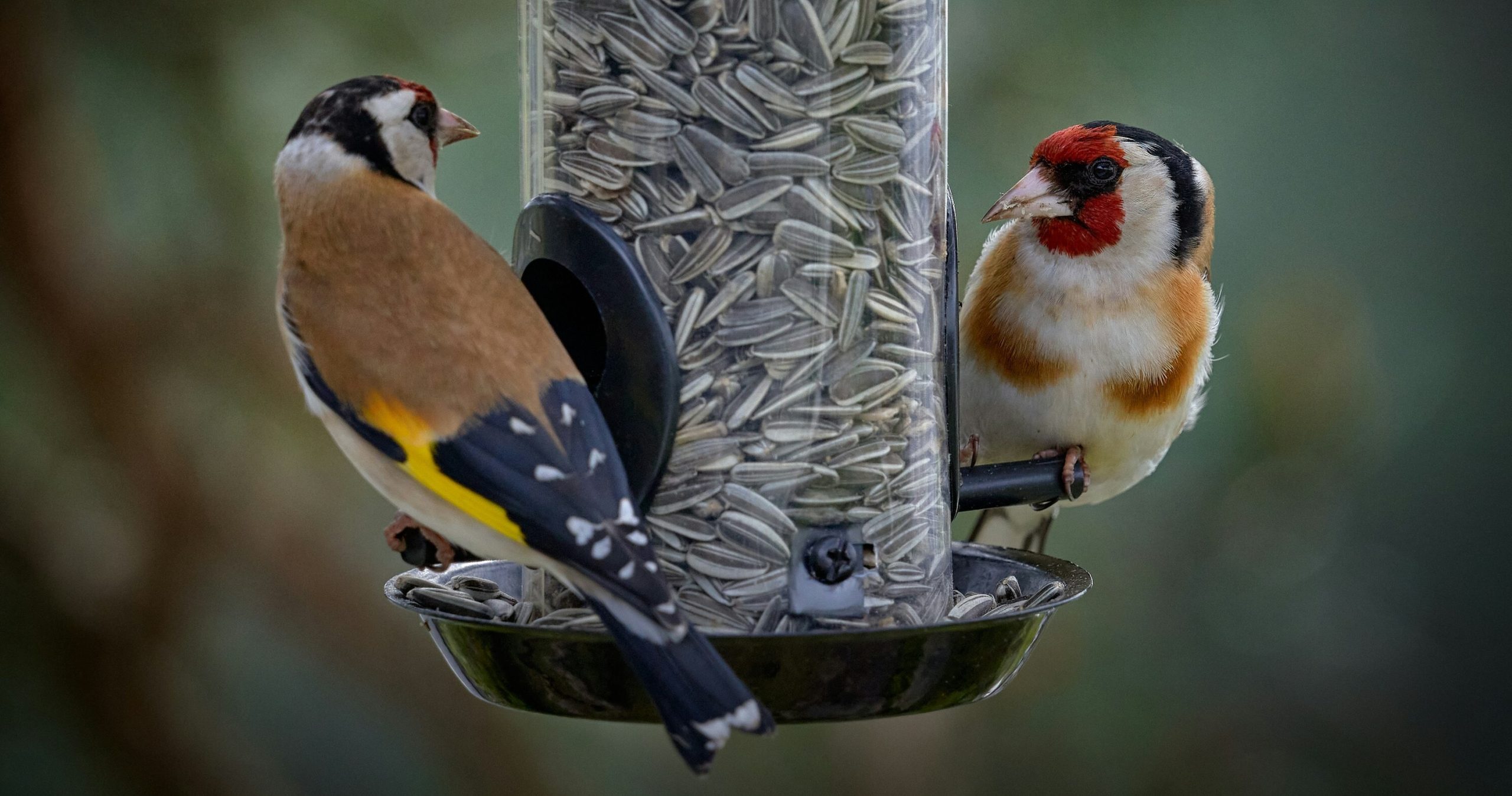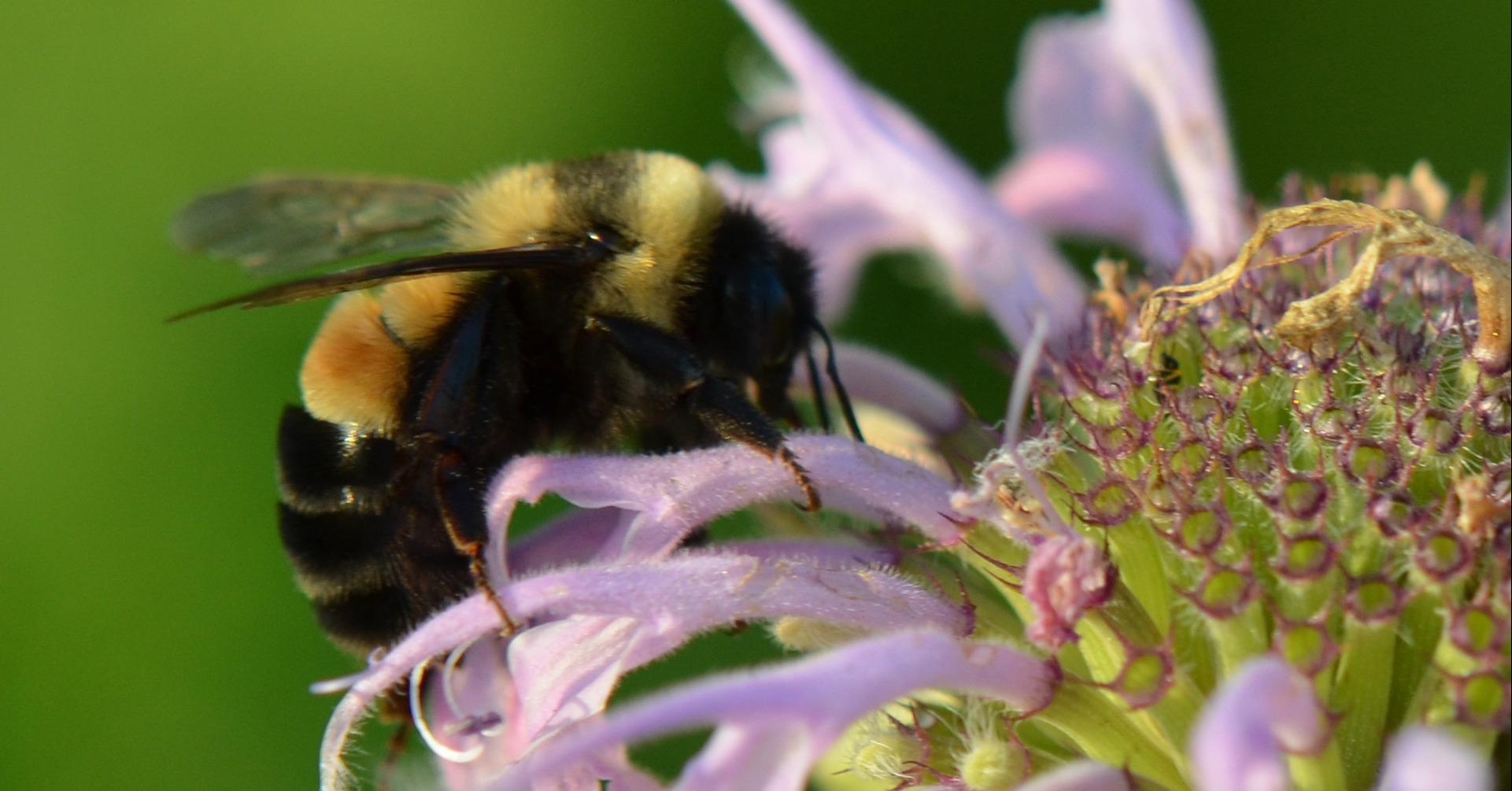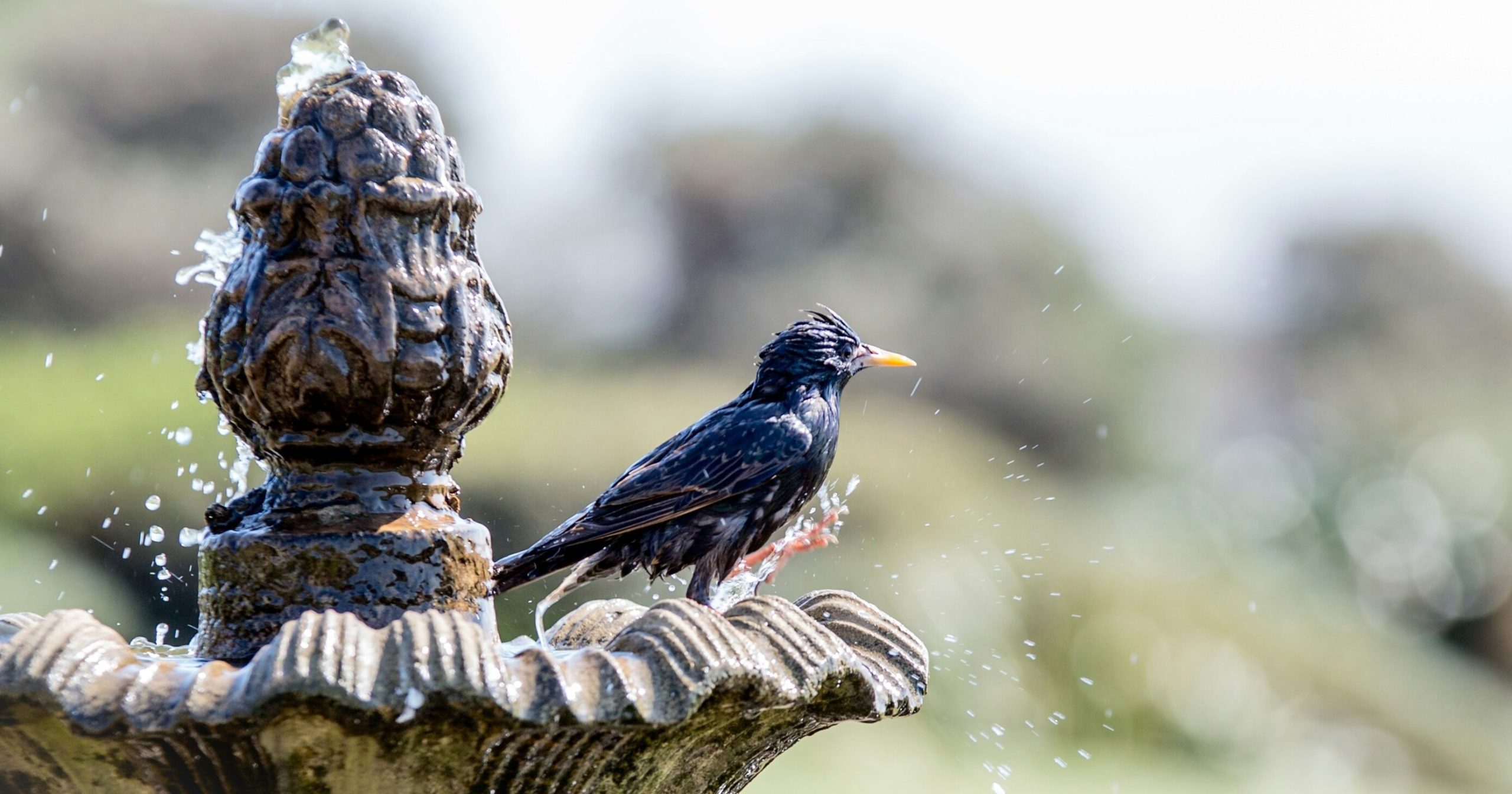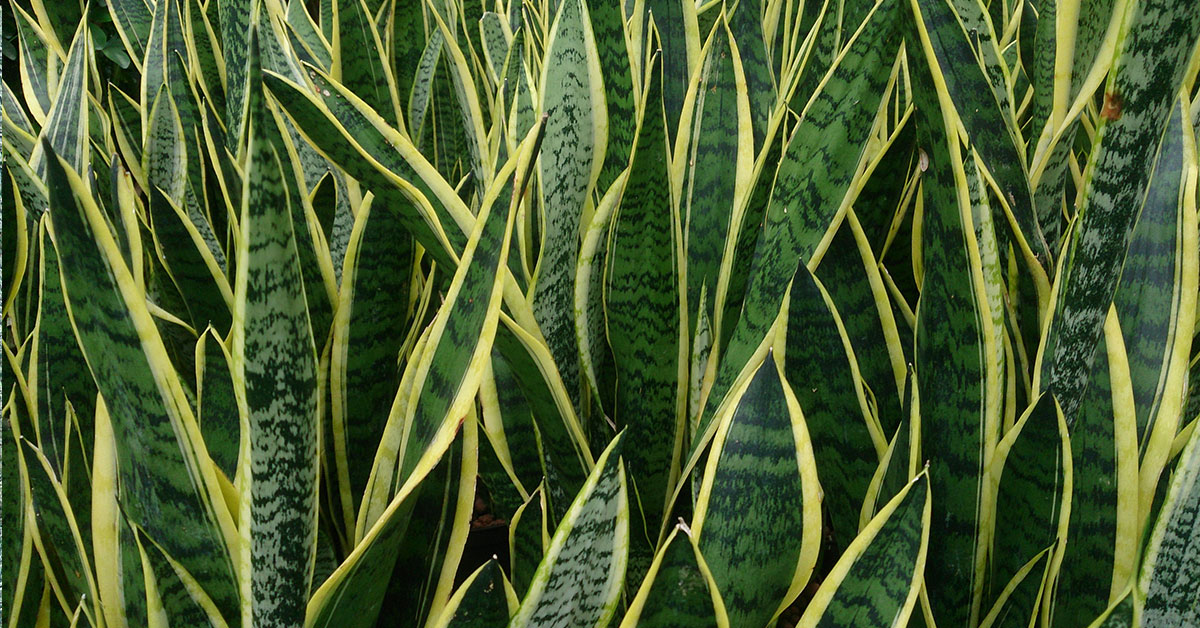Oregon is an ideal place to plant pumpkins. It has the perfect climate and soil for pumpkin growth and a variety of pumpkin varieties to choose from. However, it is important to understand when and how to plant pumpkins in Oregon in order to ensure a successful harvest.
Oregon’s USDA Hardiness Zones
Oregon is divided into multiple USDA hardiness zones. These zones vary based on average temperatures and the range of temperatures plants can tolerate. In Oregon, the warmer parts of the state are located in zones 8 and 9 and the colder parts of the state are in zones 3-7. Knowing your zone will help you determine when to start planting pumpkins.
Additional Resource: Find Your Growing Zone In Oregon
When to Start Pumpkin Seeds Indoors
For pumpkin seeds to be able to grow and produce a pumpkin, they need to be started indoors at least 6 weeks before the last frost date. To determine the last frost date, you can consult your local forecast, look up the average last frost date for your area, or consult the USDA Plant Hardiness Zone Map.
When to Plant Pumpkins Outdoors
Once the danger of frost has passed and the soil temperature has reached at least 55˚F, it is safe to plant pumpkins outdoors. In Oregon, this usually happens around mid-May to late June, depending on your hardiness zone. It is important to wait until the soil temperature has reached the right level before planting, as pumpkins will not germinate or grow in cold soil.
Different Varieties of Pumpkins
There are many different varieties of pumpkins to choose from when planting in Oregon. Some of the most popular varieties include Jack-O-Lantern, Cinderella, Sugar Pie, and Long Island Cheese. Each variety has its own unique flavor and characteristics, so it is important to research the varieties and choose the one that is best for your garden.
How to Care for Pumpkins
To ensure a successful pumpkin harvest, it is important to provide the right environment for the pumpkin plant. This includes providing the right type of soil, watering regularly, providing adequate sun, and fertilizing.
Soil: Pumpkins need well-draining soil that is rich in organic matter. Adding compost or aged manure can help improve the texture and fertility of the soil.
Water: Pumpkins need at least 1 inch of water per week. Water should be applied evenly to ensure the soil remains moist but not soggy.
Sun: Pumpkins need full sun in order to grow and produce a large pumpkin. Aim to provide 8-10 hours of direct sunlight per day.
Fertilizer: Pumpkins need to be fertilized regularly in order to grow and produce a large pumpkin. A balanced fertilizer such as 10-10-10 should be applied every 4 weeks.
When to Harvest Pumpkins in Oregon
Pumpkins can typically be harvested in Oregon from late September to early October. The exact timing will depend on the variety of pumpkin being grown and the weather. To determine when the pumpkin is ready to be harvested, look for the characteristic signs such as the stem turning brown and the rind hardening.
With the right climate, soil, and care, pumpkins can be a great addition to a garden in Oregon. By following the tips outlined above, you can ensure a successful harvest of pumpkins this fall.
